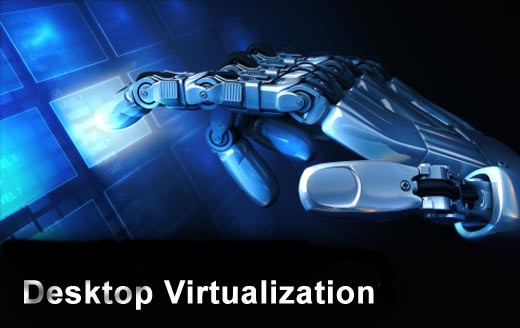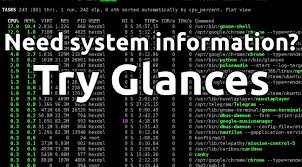
The Virtual Desktop Infrastructure (VDI) is one of the most popular technologies among corporates and educational institutions. This is a server-centric computing model that borrows from the traditional thin-client model, but is designed to give system administrators and end-users the best of both the worlds. In other words, it can host and manage desktop virtual machines in the datacenter while giving end users a full PC desktop experience.
The Virtual Desktop Infrastructure runs desktop operating systems and applications inside virtual machines that reside on servers in the datacenter. Desktop operating systems inside virtual machines are also referred to as virtual desktops. Using a remote display protocol, users access the virtual desktop and application from a desktop PC client or thin client. It offers full features of an application loaded in local systems. The difference being that in VDI the applications are centrally managed. Also, with VDI the end-user experience remains the same as the desktop looks no different and the thin client machine performs just like any other desktop PC.
After understanding the benefits of virtualization, companies are now looking to apply the same technology to their desktop computers. As VDI hosts the desktop image in the datacenter, organizations can keep sensitive data safe in the datacenter. This will not be displayed in the end- user machines, as it can be lost, stolen or even destroyed. The only disadvantage of the system lies in the technical failure of servers. Once the server fails, the users need to wait for the server to be up and running. However, this can be minimized through methods like clustering and load balancing. Some features of VDI are –
- VDI reduces the complexity and installation time
- Desktop security and data protection are centralized
- On the client side, minimum configuration is sufficient.
- Reduces the hardware components and hence the failure rates.
- Efficient use of CPU and memory resources.
- Centralized backup for all the users.
- Centralized management reduces operational expenses.
- VDI simplifies desktop administrative and management tasks.
- Technology supports both PCs and thin clients.
- Access can be easily extended to remote users
There are various companies offering VDI solutions like VMware, Citrix, Microsoft and a Palo Alto startup called MokaFive. Each of them offers differentiated products that have particular advantages and disadvantages. VMware offers a traditional server-based desktop virtualization environment built on a VMware ESX server farm, a virtual machine broker called View Manager, and either an installable or web-based client and Citrix offers a server-based desktop virtualization solution called XenDesktop, with a server, broker and client architecture. MokaFive’s approach is different than the solutions offered by VMWare and Citrix because it is a client- based hypervisor.
But those who have already adopted the technology in their own environments can’t proceed without. Virtualization has been a game-changing technology for IT, providing efficiencies and capabilities that aren’t possible within a physical world.




Thanks for some other magnificent article. Where else may just anyone get that type of information in such a perfect means of writing? I’ve a presentation subsequent week, and I am at the look for such information.
I read this piece of writing completely on the topic of the difference of hottest and previous technologies, it’s amazing article.